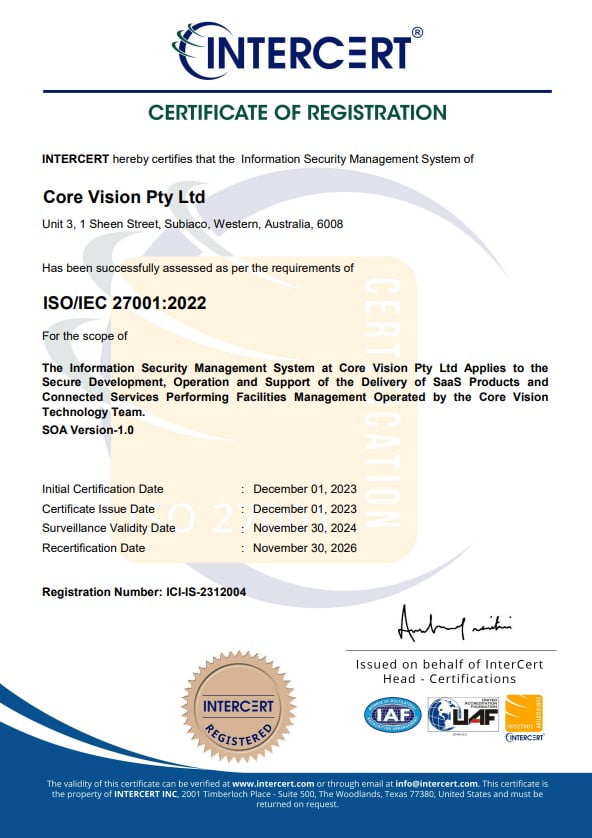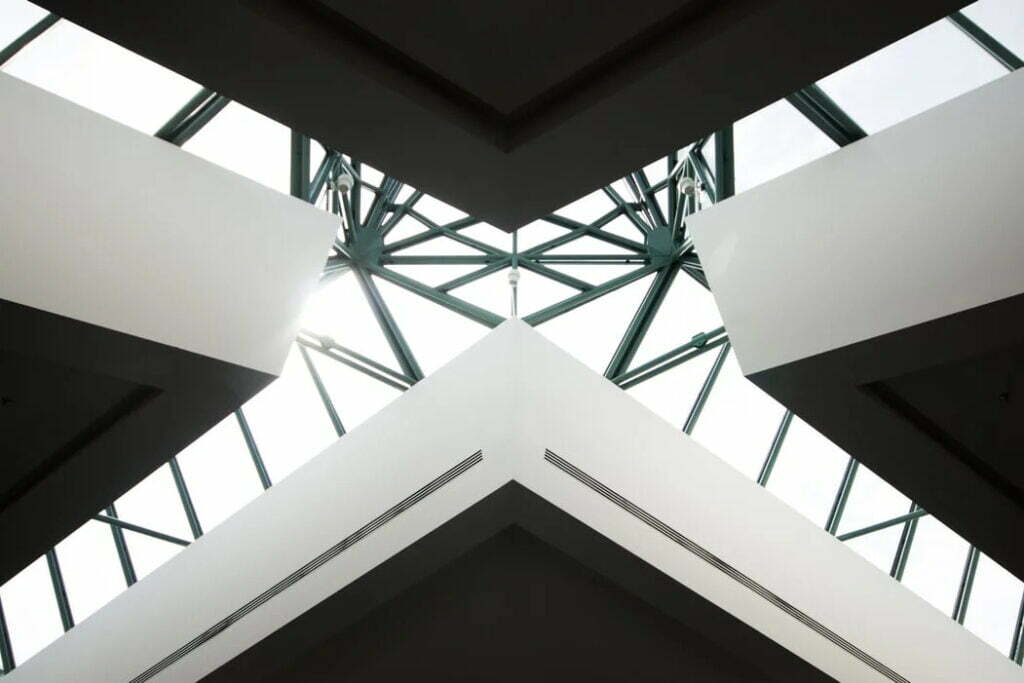
Work from Home (#WFH) vs Work from Office (#WFO) vs Work from Near Office (#WFNO) or a Hybrid
The COVID-19 pandemic has changed the way we work and commute in our day to day lives on a global scale. While there was already a degree of acceptance towards working from home occurring prior to the pandemic, the reaction by governments and large corporations accelerated this trend to the extreme.
Our Managing Director Kevin Williams says: “Many issues were overlooked during this period, resulting in a number of organisations concluding that a total work from home strategy is not a feasible long-term option. This could be due to factors such as the nature of the work they do, or the variation in the type of work their employees undertake.”
While there are both pros and cons to the working from home (#WFH) versus working from office (#WFO) model, there remains a need for workers to congregate at an office or meet at a location to interact and share knowledge and experience, as well as simply connect with other humans.
The social advantage of an office environment brings to mind a memory of a company I founded years ago, consisting of a fairly small team of about 30 people. We had a tradition of ending the work week with a “get-together” on a large communal patio we had negotiated as part of our office lease.
While it wasn’t compulsory for anybody to stay back, we always knew that there would be a core of about 15 people congregating there each Friday. Even our clients knew where they could find us.
This informal but regular get-together bonded our crew so strongly that for years afterwards, even after being acquired by another corporation, we still collaborated like a team. You cannot achieve this kind of dynamic in the virtual world. This sentiment makes a case for what could be coined as the new ‘hybrid’ model.
Offices may now be seen as places geared towards fostering collaboration, holding meetings and building culture rather than just venues to attend for work. In fact, this could be a clue to the hybrid model, for example; “I am not going to the office to review documents or write proposals, but rather to take part in a brainstorming session, meet with my team or attend a social event.”
While virtual meetings can be effective, they aren’t conducive to the spur of the moment interactions that the workplace have thrived on for decades. This is one of the reasons that many organisations currently seem to be fostering a feeling that a ‘hybrid’ model is the way of the future.
However, this new hybrid model will require ongoing refinement in order to evolve from a current trend into a sustainable model for the future.
Some of the areas that will need to be addressed include:
- Cyber security issues
- Insurance and OH&S issues, including suitability/resources in the home office (or lack thereof)
- Management systems
- Communication protocols
- The type of work performed
The effects of this shift will impact upon landlords, employers and service providers, with leases being required to be more flexible. Workplaces will also need to become more accommodating, while gearing towards collaboration, meetings and social interactions.
Flexibility and communication tools will become imperative, and systems will need to established. Core Vision have the technology required to adapt to these circumstances, with industry-leading platforms at the forefront of innovation – namely myBuildings and myLocus.
myBuildings™ is aimed at the efficient and healthy functioning of the workplace, while myLocus is firmly positioned to support the mix of #WFH, #WFNH and #WFO by keeping people connected to their workplace whether they are physically there or not. We are excited to see what the future holds, and be part of the solution for workplace models to thrive for the rest of 2020 and beyond.


